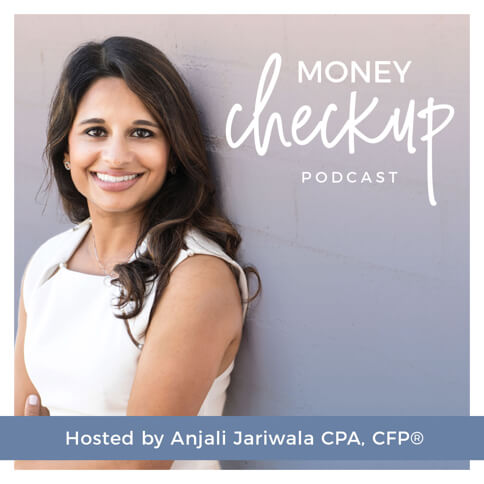Real estate is an ever-popular investment class. This is the case for a variety of reasons: People like to invest in assets that they can see and touch; it can provide passive income; and there can be tax benefits if you qualify for real estate professional status.
Although it provides passive income, real estate investors need to be hands-on. Every property is different and needs to be evaluated individually.
So before you begin looking at listings, make sure you understand how to vet an investment property for cash flow and returns. Even if you’re investing out of state and relying on local agents and property managers, it is essential that you understand each asset in your portfolio.
Real estate investment terms you need to know
Before we start, there are a few terms that are helpful to understand when it comes to real estate investments.
Net operating income. This is the expected income generated by the property minus your expenses, both measured annually.
When I look at net operating income for my clients, I assume that each rental property will be vacant one month out of each year. (That might not turn out to be true, but making a conservative estimate can keep you from overextending.) Income generated by the property, then, is monthly rent times 11.
Expenses do not include the cost of financing, whether you have a mortgage on the property or another type of financing. Expenses do include property tax, utilities, insurance, maintenance, and property management fees, if any.
Capitalization rate, also called cap rate. This is the rate of return you can expect on an investment property.
To measure the cap rate, divide the net operating income by the purchase price. For example, if you expect to earn $20,000 per year in net operating income on a property you purchased for $200,000, the cap rate would be 10%.
The cap rate is helpful in comparing various properties, especially different types of property in different neighborhoods, but it shouldn’t be your only metric.
Cash-on-cash return. The cash-on-cash return shows you how much you could earn on the cash you invest. This metric is helpful because, unlike the cap rate, it does take into account the cost of financing the property. If you finance a property and the interest rate is much higher than you expect, it will impact the cash on cash return but not the cap rate.
To measure the cash-on-cash return, first recalculate your net operating income to include financing. Then calculate the total amount of cash you invested in the property, including your down payment, closing costs, and rehab costs. Finally, divide your new net operating income number by the total amount of cash invested.
Like the cap rate, the cash-on-cash return can help you compare properties to each other and help you understand the returns a new property might generate.
Once you understand these numbers, build an Excel or Google spreadsheet so you can analyze properties as they pop up. Real estate can be very emotional, even if you don’t plan to live in a property yourself. Focusing on numbers first will help you compare apples to apples and stay focused on returns.
Requesting rent rolls and leases
Once you have identified a property you’re interested in, work with your real estate agent to request the rent rolls from the seller’s agent. Most sellers will tell you how much rental income a property earns, but I have seen situations where we received rent rolls and the numbers did not add up to match what the seller told us a property earned.
If possible, I also recommend that my clients request copies of existing leases to confirm rents and see how the leases are set up. Does rent go up each year? Are tenants required to obtain their own insurance? Are you able to change the lease once you acquire the property?
If you purchase a property with tenants in place and want to keep those tenants, this information will help ease the transition. It will also help you plug additional details into your income and expense calculations.
Running the numbers
After you have reviewed rent rolls and leases for a property, plug as much data as you can into your spreadsheet to estimate your potential income.
Then shift your focus to expenses. Did anything come up in the inspection that will require repairs? Are there other improvements you want to make? If you plan to use a property management company, what are their fees? How will you be financing this property?
I’ve seen plenty of situations where numbers change during the due diligence process, on both the income and expense sides. A property that may have looked enticing at first may look a little less so as you get a clearer picture of the numbers.
Throughout the process, try to remember that for you, this is an investment, not a home. Buying real estate can be very emotional. But just like any investment, do the necessary research and analysis to make sure the investment makes sense.
Similarly, when purchasing property, you will work with a team of people, including a real estate agent, your financial advisor, and possibly a lender, property manager, or contractor. But don’t rely on anyone else to do the research for you. This is your money — make sure you understand what you are investing in.




